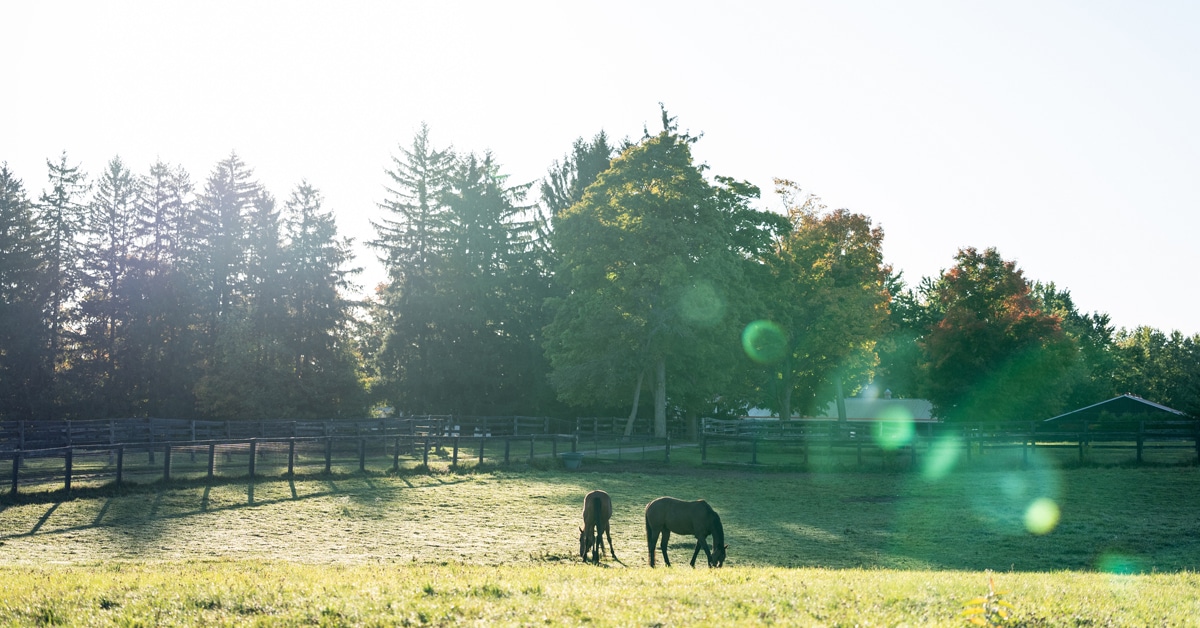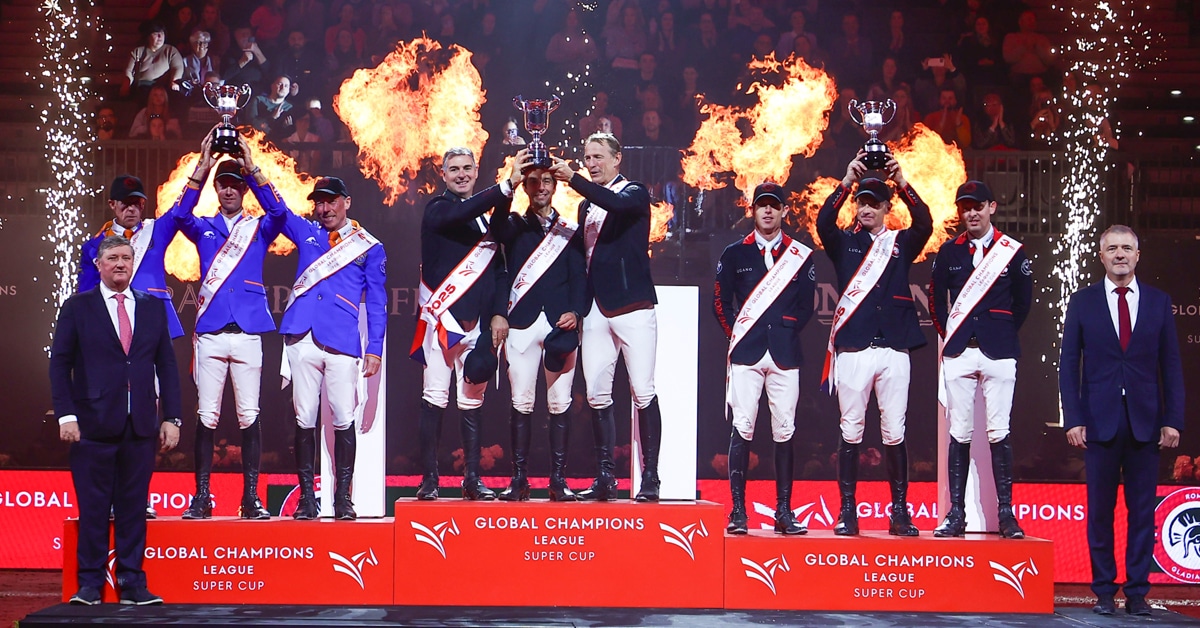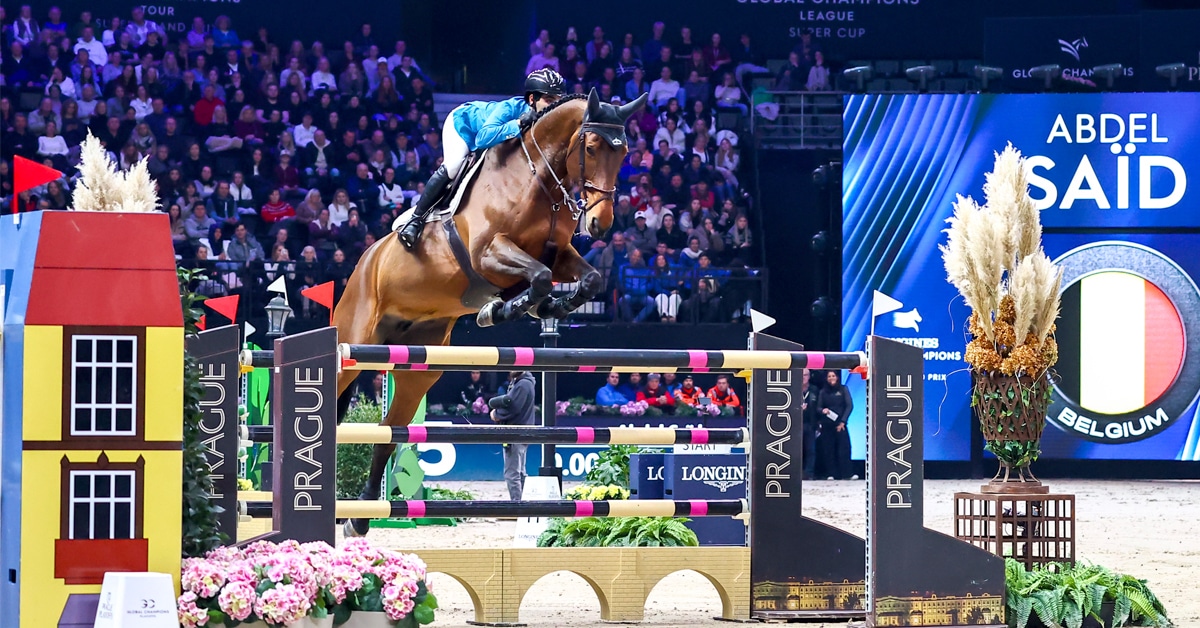Roly Owers of World Horse Welfare addressed the FEI General Assembly on the weekend. His address questions whether the FEI and all the national federations are doing enough to ensure equine welfare is paramount in sport. To follow is his speech.
Your Royal Highness, Mr President, colleagues from across the Federations.
Thank you for the opportunity to speak to you today, an item that some of you might refer to as the ‘horses in distress’ slot. In part to keep a fresh perspective, over the next few minutes I will cover four brief issues as outlined here.
I am truly delighted to join you today here in Azerbaijan – home of the legendary Karabakh horse, which I had the pleasure of seeing in a stunning performance at the Queen’s Diamond Jubilee Pageant in 2012, thanks as I understand it to the Azerbaijani National Federation. The British Royal family, like many royal families, love horses, and we are proud to have HRH The Princess Royal as World Horse Welfare’s President.
We all know that an affinity – even a passion – for horses is pretty much universal – every culture has an admiration and respect for this amazing animal. It’s almost in our DNA – which is only natural since they have been our partners in civilisation for thousands of years.
Soenke, Secretary General of the German Equestrian Federation, said it very well in his excellent presentation at World Horse Welfare’s Conference last month where we explored the value of horses.
Sport horses are financially valuable, but in terms of importance to society, riding school ponies and horses used in human therapy or to improve health arguably have an even greater value.
And that is why it is so important that we do all we can to make the most of them while never losing sight of the need to protect their welfare no matter what the commercial and competitive pressures may be, or what role these horses may play. We owe them all the same debt of gratitude and to treat them with respect, compassion and understanding.
This is the driving purpose behind World Horse Welfare since we were founded almost 90 years ago. Today we are a leading horse charity improving the lives of many thousands of horses each year through education, campaigning and hands-on care. We work directly with horses, but so much of our work focuses on working with horse owners, communities, other organisations and governments to ensure the horse is used – but never abused.
We passionately believe in the horse-human partnership and have been welfare advisors to the FEI for around 30 years, and also the British Horseracing Authority.
In Europe we are the most influential campaigning horse charity, respected for our practical, constructive approach that has shaped laws for decades.
In Britain we are the largest horse rescue and rehoming charity, with educational and campaigning initiatives to combat the root causes of the most serious welfare problems.
And in developing countries we work across three continents to help impoverished communities who rely on equines for their livelihoods to better care for them.
It’s amazing the transformation just a little sharing of knowledge can achieve. The root cause of so many welfare problems is either ignorance, or the perpetuation of practices that have been accepted for years. Our aim is to challenge those practices.
There is no doubt that high standards of welfare are at the very heart of good performance – and the growth of equestrian sport.
Our work in Cambodia, made possible through a partnership with FEI Solidarity and the Cambodia Pony Welfare Organisation – has shown the great strides that can be made when welfare is put at the heart of a National team. I believe that our project has left three legacies: firstly an evolving foundation of good farriery, secondly a foundation of good saddlery and finally a fundamental focus throughout on putting welfare at the heart of the growth of equestrian sport in Cambodia. This includes the development of broader awareness and skills to improve basic equine management that can create an ethos where health and welfare come first. It is still early days but we believe this development is being built on a solid platform.
With this platform in mind, I want to ask you all, do Federations actively place welfare at the heart of your strategy?
Of course this is the essence of the FEI Code of Conduct, drafted in association with World Horse Welfare, that dictates that the welfare of the horse should be paramount above all other considerations.
But do we really do this? World Horse Welfare recognises that the welfare standards in FEI sport are very high indeed. Sport today cannot flourish without that guarantee. But are we really challenging the status quo enough?
It’s no secret that some FEI disciplines have come under the spotlight for dubious welfare. There are some clear red lines – equine doping, excessive injury rates, preventable fatalities and a general flouting of the rules are quite simply a flagrant abuses of equine welfare.
Increasingly, people worldwide will not tolerate this abuse of animals for entertainment. We all know how quickly social media can whip up a storm and believe me I know the frustration when misinformed comment spreads like wildfire. But the answer is not to hide – social media is here to stay and will become ever more influential. The challenge is for horse sport to use social media more effectively, and proactively. Unless we do, the reputation of all sport will be tarnished.
World Horse Welfare welcomes the robust new rules that are now in place in Endurance. To succeed they need to be enforced – rigorously, consistently and without fear or favour. After all, some have said the old rules were pretty good too; and that the problem has always been enforcement. I can see parallels with our campaigning work to reduce suffering in the European horse meat trade, and that has shown us that even good laws amount to nothing if they are not enforced. And no person, federation or organisation can claim to protect horses when they do not abide by and enforce their own welfare rules.
But what about when the perceived abuse or poor practice is not so clear cut? In Dressage, we know the beautiful and apparently effortless dances of our horses are the result of intensive training and discipline, for both horse and rider. When does this cross the line into abuse? Certain training methods, still evident today, are believed by some to cause great horse suffering. I would be the first to say that the scientific research does not necessarily bear this out – in fact it’s not a clear picture at all. But an absence of evidence is not evidence of absence. And even ‘low, deep and round’ guidance is open to abuse if not properly monitored.
Without doubt education is so important here; hence it is very encouraging that the Danish Equestrian Federation has produced a video which uses novel graphics and film to show the standard of riding they expect. I would suggest these kinds of videos are exactly the kind of communications Federations need to show their riders – and aspiring riders and members of the public – so everyone knows what good riding looks like, and what is not acceptable.
We must heed the warning signs – for example recent research by the Animal Health Trust in the UK looking at a population of in-work sport horses found nearly half of them to be lame, without their rider knowing it. Is this really an advert for the high standards of welfare within sport horses?
And of course it’s not restricted to FEI disciplines. In showing we are all aware of the preference of judges for overweight horses in the ring, to such an extent that competitors consider obesity as normal. Whilst some horses are stabled for over 23 hours of the day – is this really a good life for a horse? And then the concerns about how the weight of some riders in competition is beyond the carrying capabilities of the horse.
Therefore, we must ask ourselves, with the knowledge we have today, are we really placing the welfare of the horse above all other considerations? In so many situations, if we are honest with ourselves, the answer might be no, or at the very least we could do better.
In the equestrian world, traditionalists with the most experience so often hold positions of power in equestrianism, which certainly can be right – they have so much to offer. But receptiveness to new ideas, or understanding of a generational shift in values, may not be one of them. Is there enough young blood discussing these issues within national federations? We need to listen to and fully consider new ideas, not reject them out of hand. After all our minds are like parachutes, they only truly work when they are open…
Nosebands, bitless bridles, barefoot horses, to name but a few, may be peripheral movements to improve horse welfare but we cannot simply ignore them. We may not always like the way these movements try to engage but their ideas deserve a fair hearing and consideration. Over the next decade a wealth of scientific evidence will be produced looking at all aspects of horse sport, and we need to be leading, not reluctantly following, these findings.
And what of our sport horses when they leave their careers Investing in helping these horses to transition to other roles is very much the responsibility of horse sport, and facing up to this responsibility is not only right, but important to protect the sport’s reputation. World Horse Welfare is proud to be launching a pilot project with British Racing’s official charity – Retraining of Racehorses – to retrain and rehome some former racehorses to give them the second careers or retirement they deserve. But so much more needs to be done.
Similarly, our industry must be on the front foot in monitoring attrition rates – not just from injuries in competition but from training too. We need to focus on the data rather than opinion, not just to help us improve but because the opinions of animal rights groups are much more dangerous in the absence of facts.
In concluding, I certainly did not come here to lecture you, far from it. Most of you have known me long enough to understand that I speak to you as a partner, and a friend. But true friendship involves saying it as you see it. I applaud the welfare focus of the FEI; so much good is done in horse sport for the welfare of the horse. But are we really doing enough to challenge the status quo? Together we CAN keep the FEI’s standards the highest in the world, but only if we are brave, honest – and live the Code of Conduct in every decision we make.
There is so much to celebrate when it comes to horses – in all of their roles across the globe. But hardly any government, university or human development organisation sufficiently recognises this role, whether it be enriching people’s lives or providing for their very livelihoods. This must change. We must challenge the assumption that the role of the horse is not relevant today – it absolutely is still relevant. And we must acknowledge all they do for us.
That is why we feel there should be a World Horse Day that we can all rally round, and use each year to show our collective appreciation to the world. We will need a lot of people, organisations, and governments on board with this to make it happen.
But if Turtles can have their own day of global recognition, then surely horses can too? Hence this is a rallying call for the FEI and National Federations to join with World Horse Welfare to show the world what we and our horses are made of. Will you join us? From the bottom of my heart I hope you will say yes.
Thank you.
More News








